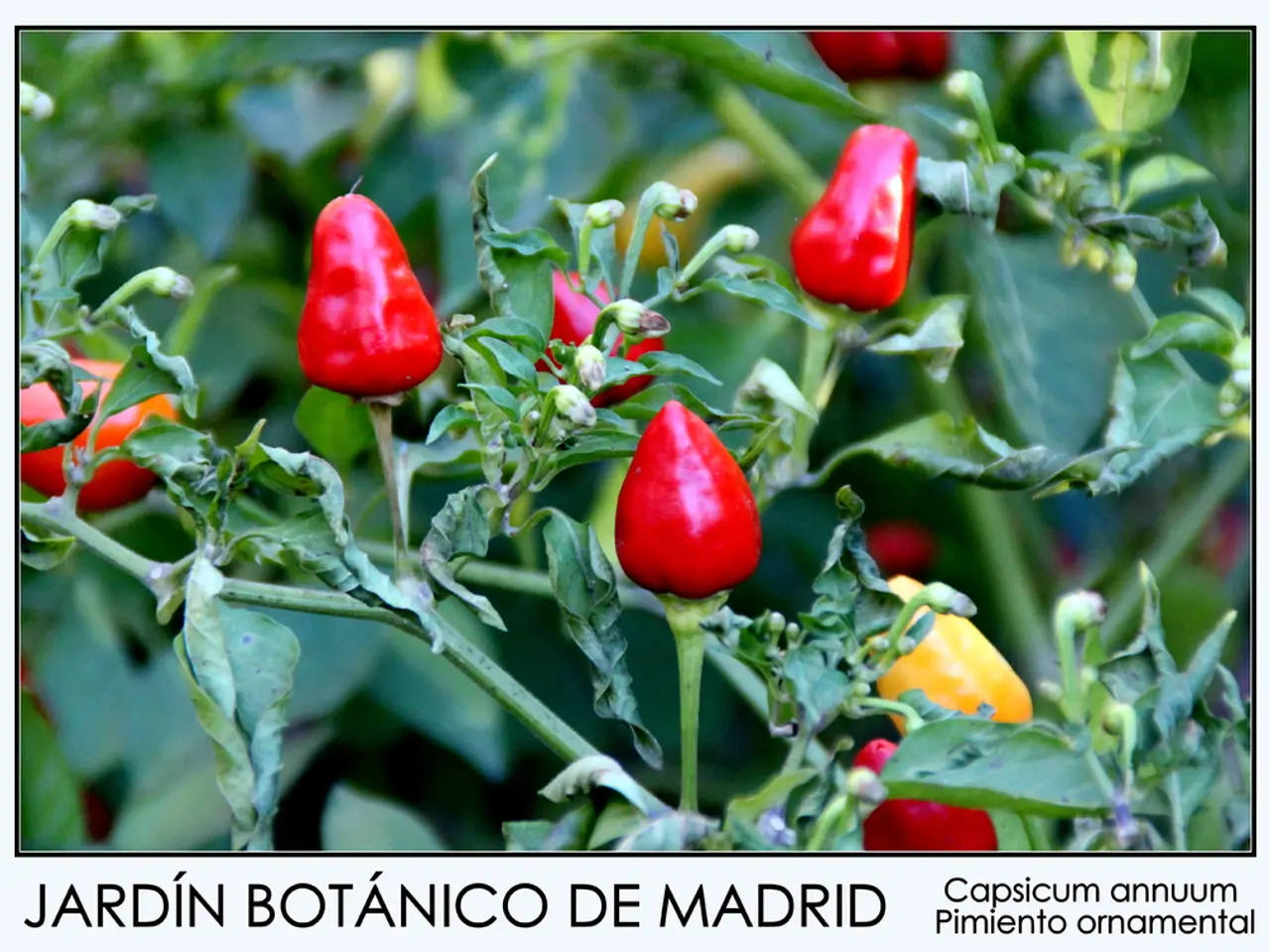Signs and Strategies for Identifying and Managing an Excess of Pessimistic Individuals in Your Sphere: Recognition and Coping Methods
In the face of a growing global population and increasingly unpredictable climatic conditions, the significance of genetic diversity in crop plants for food security cannot be overstated. This diversity allows for the development of crops that are better adapted to changing environments, resilient against pests, diseases, and environmental stressors, and capable of providing a consistent and nutritious food supply.
Genetic diversity is the key to resilience in our agricultural systems. It allows breeders to create new crop varieties that are resistant or tolerant to pests, diseases, droughts, floods, and other climate-related stresses, ensuring that our food production remains stable and reliable despite the challenges posed by climate change [1][4].
Moreover, diverse crops contribute to more resilient and stable food systems, reducing the risk of crop failure and ensuring a consistent food supply. They also improve dietary diversity and nutrition since different varieties can offer various nutritional benefits [1].
Crop diversity offers economic and social benefits for farmers as well. By providing more options suited to their local environments and market demands, crop diversity helps farmers improve their economic prospects, reduce poverty through better yields and stable production [1][5].
Genetic diversity is also essential for modern breeding techniques, including CRISPR gene editing and genomic selection. These tools accelerate the development of climate-resilient, high-yielding crops, shortening breeding cycles and enhancing global food security [3].
Preserving genetic diversity is crucial for ensuring we have the genetic resources necessary to meet future challenges and continue to feed a growing population. The loss of traditional crop varieties, genetic erosion, and the concentration of crop production pose challenges in maintaining genetic diversity [6].
The preservation of crop genetic diversity through genebanks ensures that valuable traits remain available for future breeding and adaptation needs, safeguarding agriculture against future threats [1][2].
However, growing a limited number of crops can lead to negative impacts on the environment. Monoculture farming practices, resulting from a limited crop diversity, can lead to soil degradation, reduced biodiversity, and increased susceptibility to pests and diseases. Moreover, monoculture farming can result in the overuse of certain pesticides and fertilizers, harming soil health and contributing to water pollution [7].
Losing crop diversity can have devastating consequences, including damage to food systems, the environment, and human health. The preservation and enhancement of genetic diversity in crop plants are, therefore, vital for maintaining agricultural production improvements and ensuring food security amid climatic, environmental, and socio-economic challenges worldwide [1][3][4].
References: [1] FAO. 2019. The State of the World's Biodiversity for Food and Agriculture. Rome. [2] IPGRI. 2001. Towards a Global Strategy for the Conservation and Sustainable Utilization of Agricultural Biodiversity. Rome. [3] IPCC. 2018. Global Warming of 1.5°C. An IPCC Special Report on the impacts of global warming of 1.5°C above pre-industrial levels and related global greenhouse gas emission pathways, in the context of strengthening the global response to the threat of climate change, sustainable development, and efforts to eradicate poverty. Geneva. [4] UNEP. 2018. The Future of Food and Agriculture: Trends and Challenges. Nairobi. [5] CGIAR. 2018. CGIAR System-wide Strategic Results Framework. Montpellier. [6] FAO. 2017. The State of Food and Agriculture 2017: Climate Change and Food Security. Rome. [7] UNEP. 2011. Towards a Green Economy: Pathways to Sustainable Development and Poverty Eradication. Nairobi.
- Embracing a holistic approach in workplace wellness, incorporating nutritional science, fitness, and exercise can lead to improved health and wellness for employees, enhancing productivity and overall job satisfaction.
- The field of environmental science patrols the impact of human activities on our planet, with weight management practices and personal choices being notable contributors to global environmental concerns.
- In the realm of mens health, seeking guidance from skin care experts can help address issues related to aging, providing tips for anti-aging regimens and sun protection.
- A dedicated focus on women's health and wellness, including therapies, treatments, and education, empowers individuals to take control of their health, promoting long-term health and personal growth.
- The integration of fitness, nutrition, and weight management into hot topics in technology allows for innovative solutions like smart scales, fitness trackers, and personalized diet planning apps.
- The fashion and beauty industry has long fought for sustainability, with eco-friendly materials and ethical production practices becoming cornerstones of environmental responsibility.
- As personal finance guides us in managing our money, it's important to consider environmental investing for a greener and more sustainable future, aligning financial assets with values and objectives.
- Lifestyle blogs provide valuable insights into nutritional tips, home and garden DIYs, and sustainable fashion, fostering a mindset of self-development and continuous learning.
- In the realm of environmental science and education, understanding the interplay of climatic conditions, aging population, and food-and-drink consumption patterns can shine light on the impact of demographic changes on food systems.
- The fast-paced world of technology offers numerous platforms for information sharing, benefiting home garden enthusiasts who can connect, learn, and grow together.
- As eco-conscious lifestyle gains momentum, businesses have answered the call by offering organic, locally-sourced food options, reducing the environmental footprint.
- Engaging in sports, such as basketball, not only nurtures a sense of camaraderie and personal growth but also encourages learning and skill development.
- The rapidly growing sports-betting industry, paired with financial knowledge, provides opportunities for individuals interested in personal-finance management and investing.
- In the realm of self-development, dedicating time for education-and-self-development seminars or workshops can empower personal and professional growth, enhancing relationships and fostering self-confidence.
- The art of shopping is evolving, with a growing emphasis on ethical, sustainable, and mindful consumption contributing to the global movement towards a greener lifestyle.
- Career development opportunities in the fields of education, personal growth, and continual learning allow for further exploration and expansion of skills relevant to a changing world.




